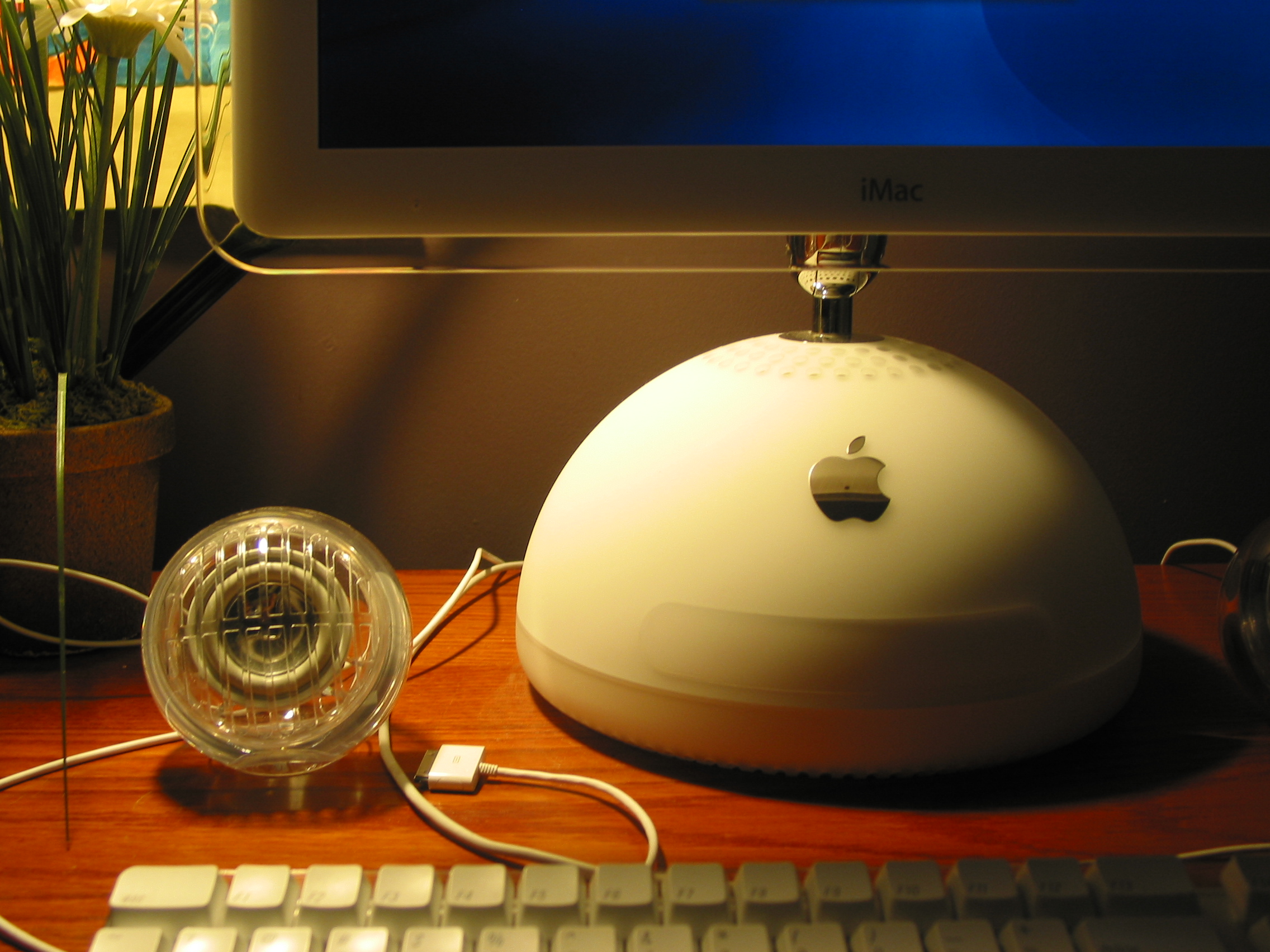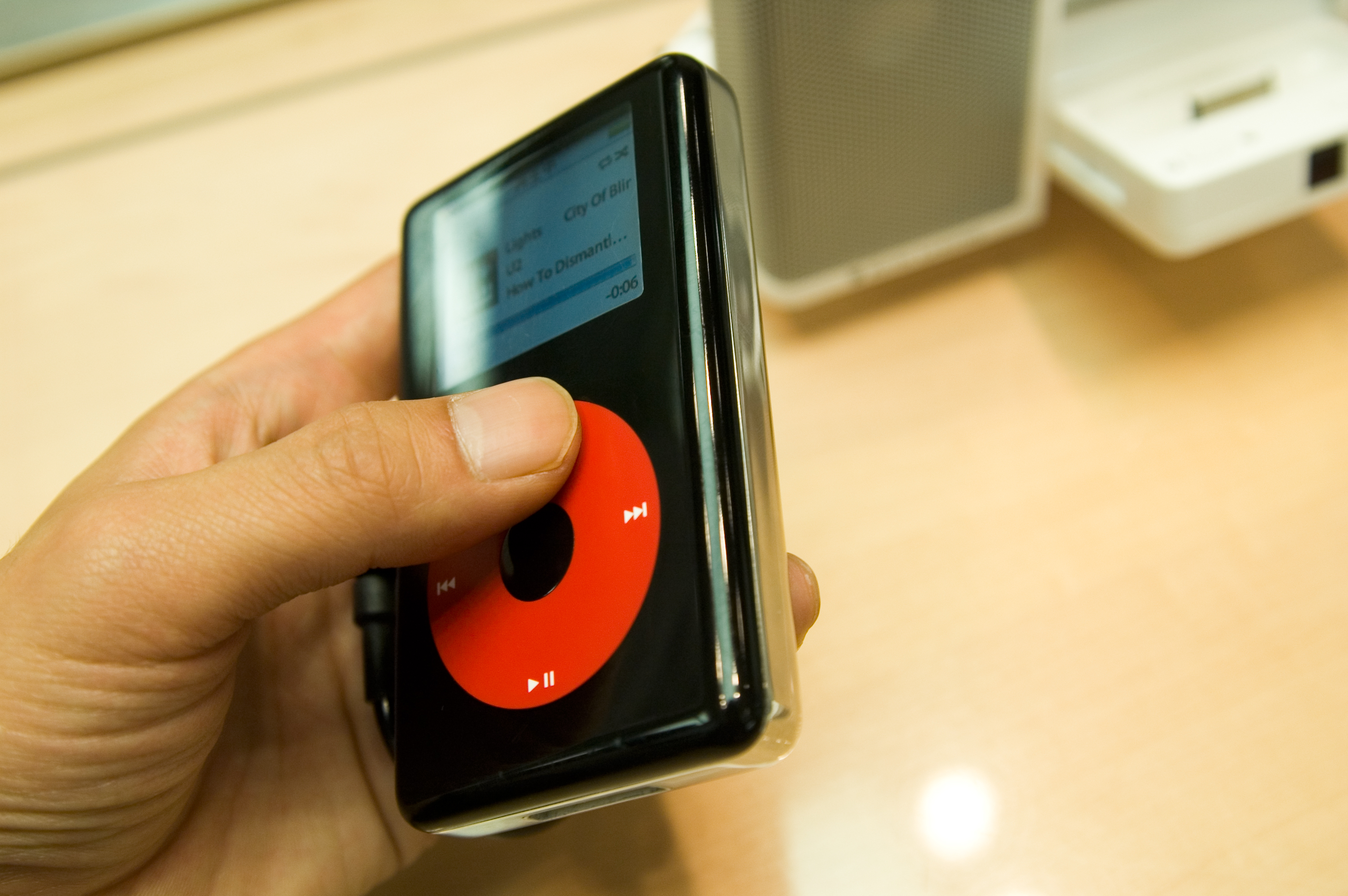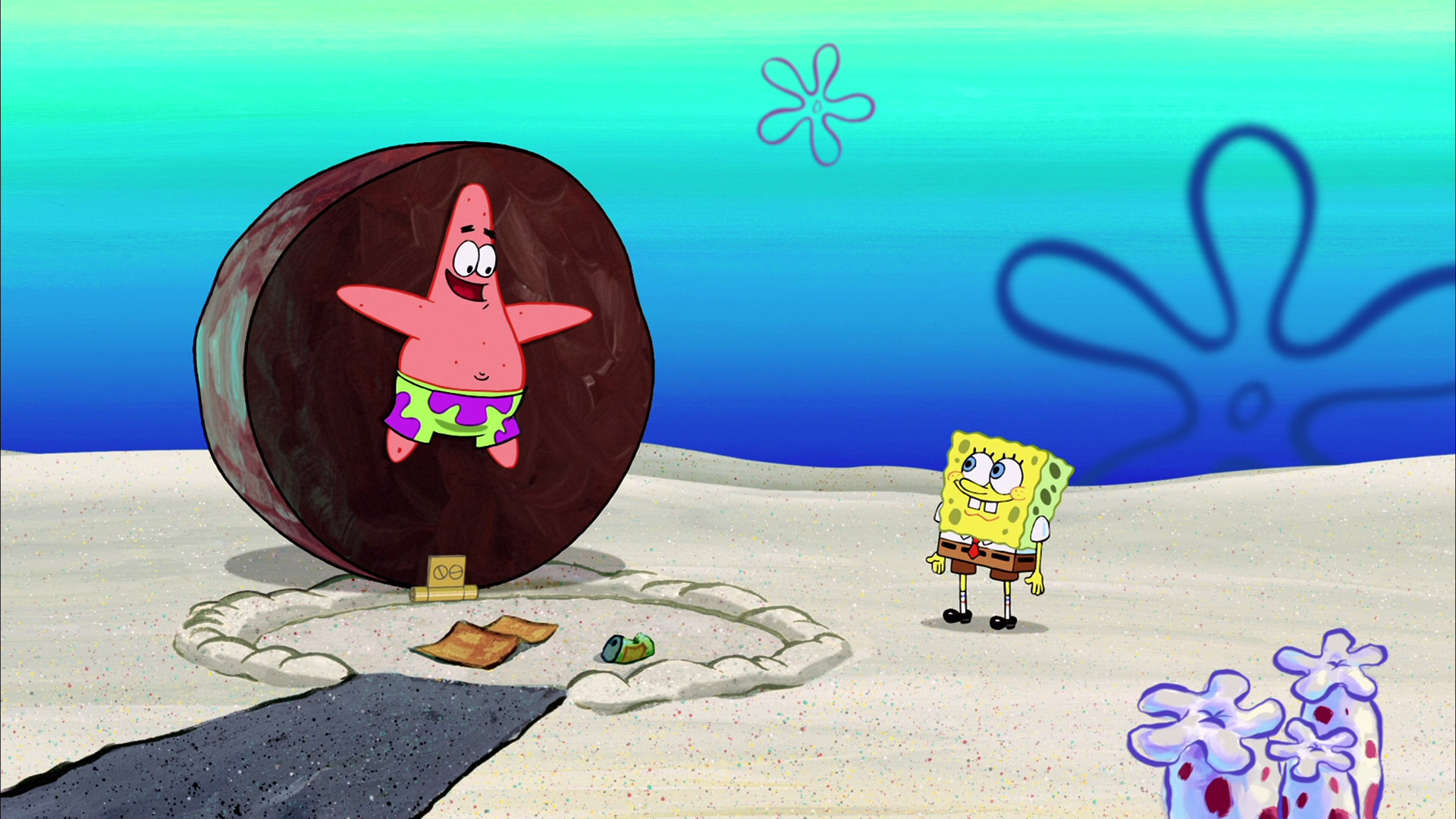I am in one of my ticked-off moods at the U.S. news media. This morning’s seaquake off the coast of Indonesia has wreaked untold devastation, not that you would know anything from U.S. news outlets. Kudos to BBC for taking charge in delivering painstaking, breathtaking coverage.
My fear is that sometime during the next 12 hours that someone will figure out there are probably a bunch of U.S. tourists missing or found dead. Then, suddenly the story will tick off some headlines, but I’m sure nothing like the 24-7 coverage that followed 9/11. Right now, the estimated death toll—in six countries!—is more than 10,000, or more than three times the horrific loss from the attack on the twin towers. But, of course, America the small-minded country pays no mind.














